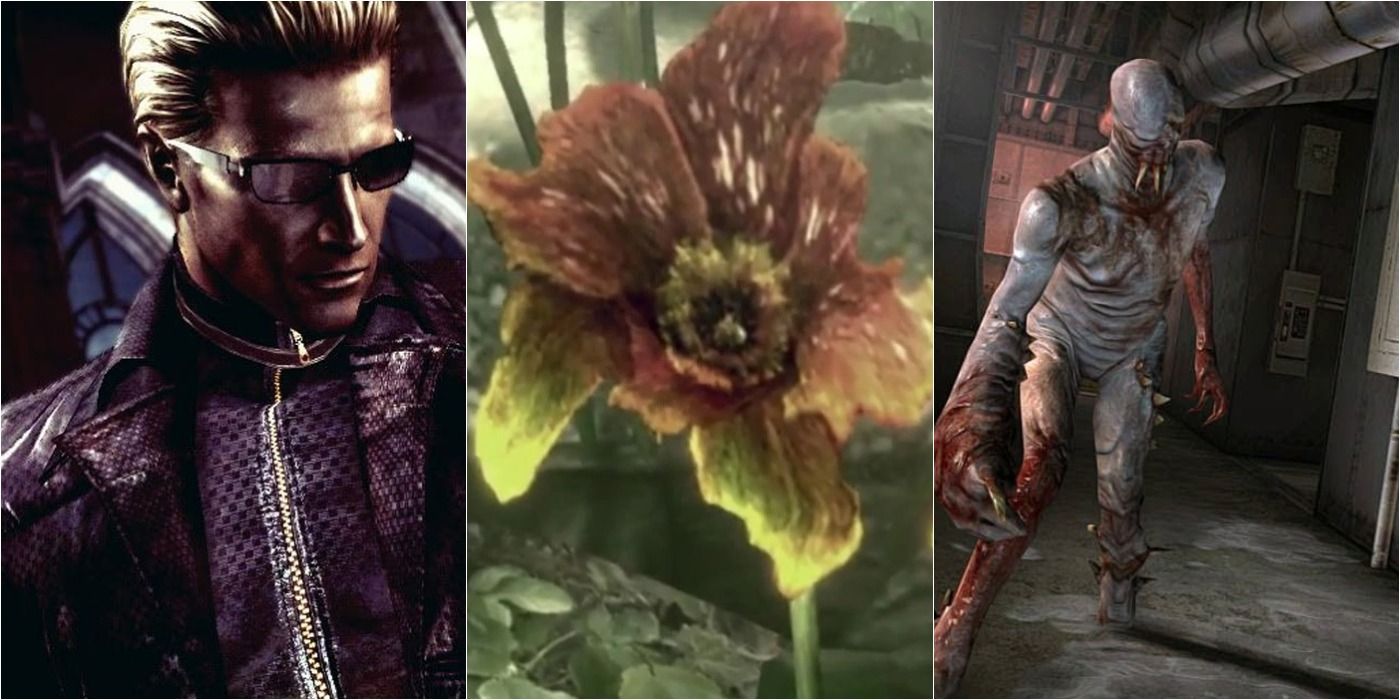
Nothing defines Resident Evil more than horrifying monsters. Every game in the series has featured creepy creatures for you to fight. And most of the time, those beasts start as regular people before they're infected by a virus and start to mutate.
RELATED: Every Resident Evil Game In Order Of Release
Some games have different infections, such as parasites or fungi, but typically a viral agent is involved. Yet, it's not always the same virus, as there has been plenty of different ones over the years. So much so that it's difficult to keep track of when each bioweapon was developed. Therefore here is every distinct virus to feature in the games and the year of their creation.
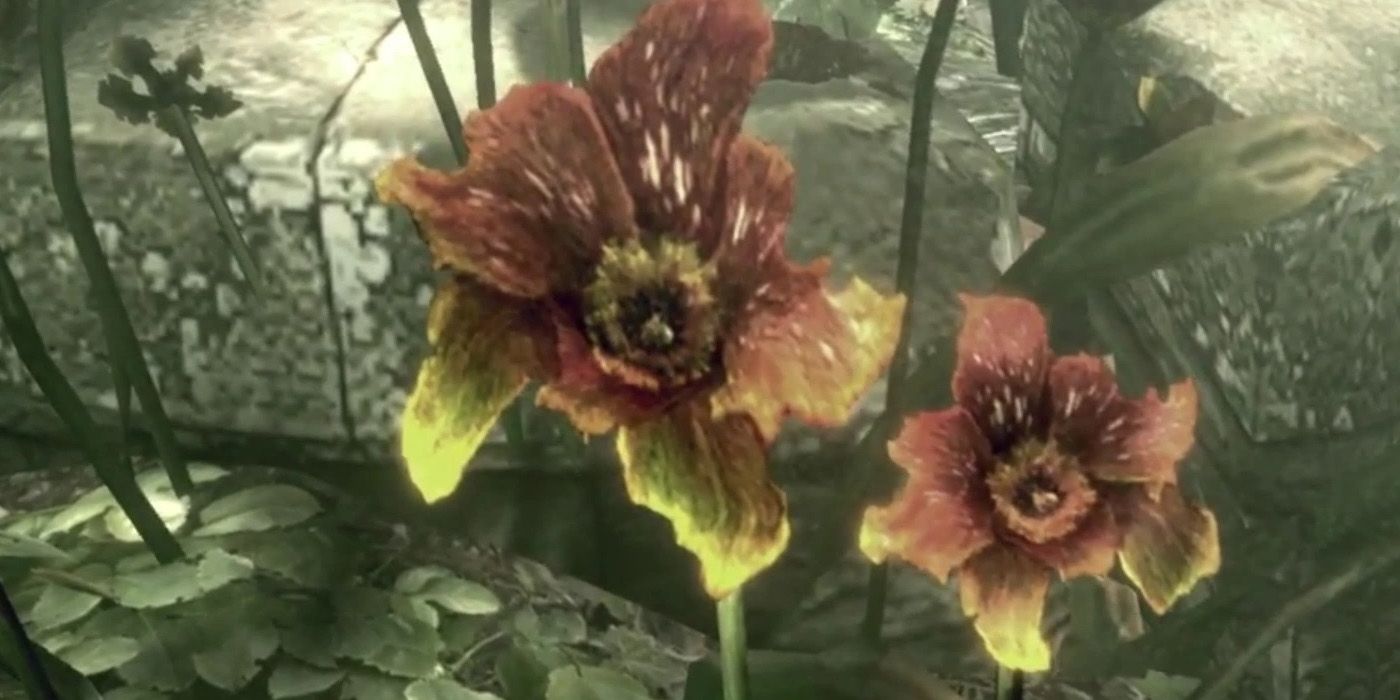
The Progenitor Virus is arguably the most horrific viral agent in the series, as several others are based on this initial one. So, the likes of the T and G viruses wouldn't exist without Progenitor.
Not only does it pre-date the first game, but it also pre-dates most things as its origins are ancient. In fact, the exact age of the disease is unknown. However, it was discovered and named back in 1966. The main thing the virus does is mutate its host's DNA, sometimes causing the death of body tissue and brain cells.
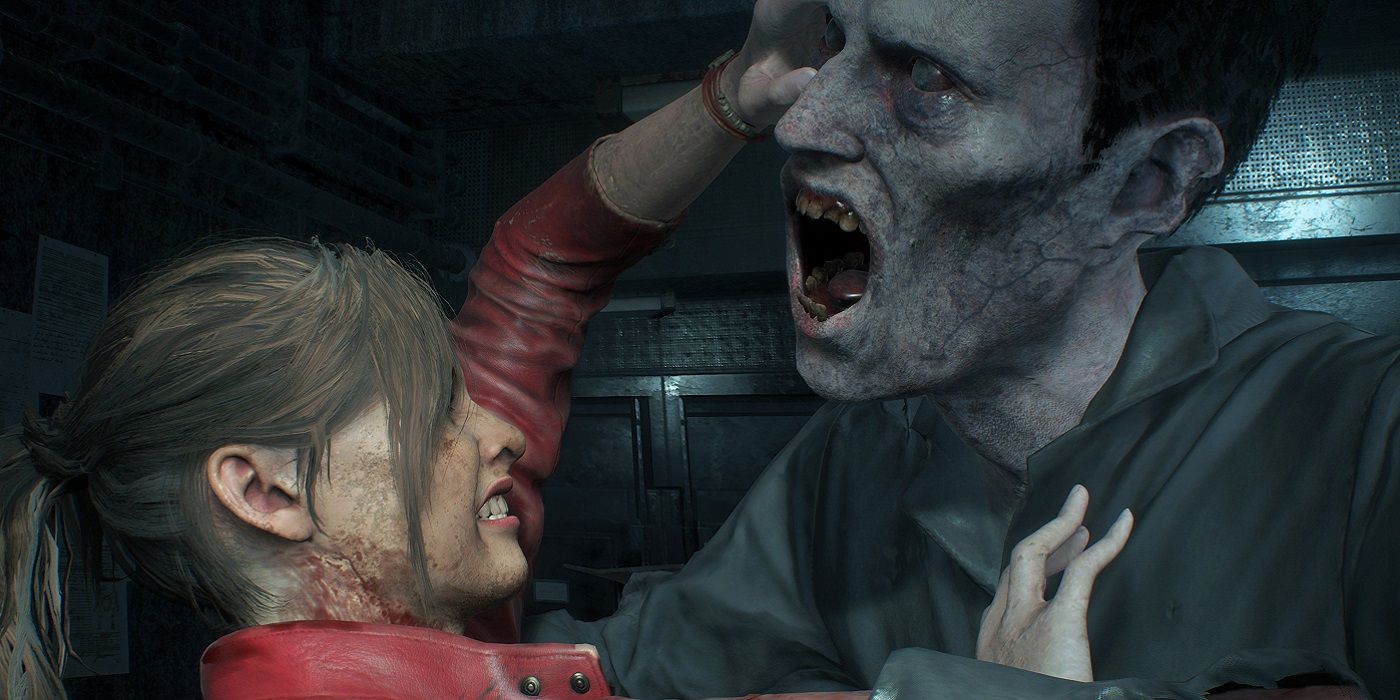
Even casual fans of Resident Evil will have heard of the T-Virus as it's the most common infection in the games. Many of the scariest monsters have at least some of the viral agent running through their bodies.
James Marcu began developing the bioweapon in 1977 and completed it the following year. Players first got a taste of the infection in the original Resident Evil when they fought zombies within the dangerous Spencer Mansion. Since then, the virus has taken many different forms, most of which are deadly.
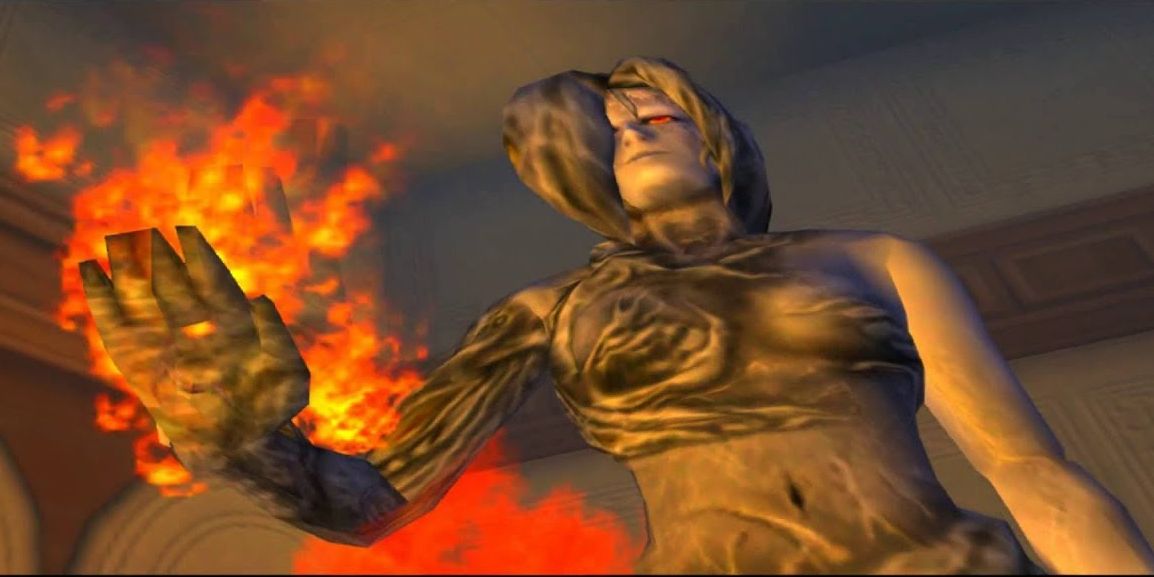
Alexia Ashford proved she was a genius very early in life when she combined an ancient virus with the Progenitor virus to create T-Veronica.
RELATED: Resident Evil: 10 Things Fans Didn't Know About The T-Virus
Going against Resident Evil norms, T-Veronica was never widely distributed. However, players saw the effects of the bioweapon in Code: Veronica when they clashed with its creator. Alexia Ashford was one of the few to be infected with the viral agent, and it gave her insectoid appendages. Plus, T-Veronica turned the villain into an incredibly powerful being.
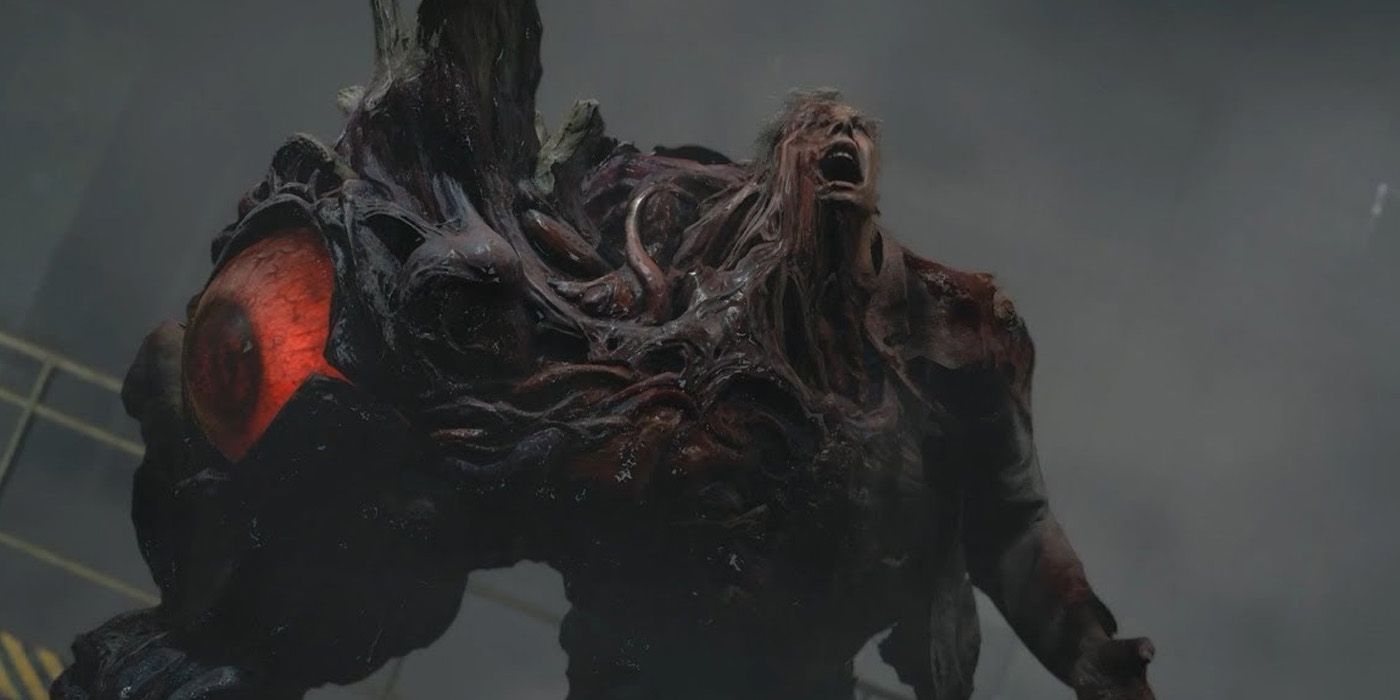
William Birkin was involved in several important projects when he worked at Umbrella. Although, his seemingly proudest work was the development of the G-Virus. The 'creation' date for the viral agent is debatable as while the initial strain was found in 1988, Birkin worked on it a lot in the following years.
What can't be debated about the bioweapon is its effectiveness. Once someone is infected with G, they become almost unkillable as they continually mutate to treat any wounds. If they'd have been a giant outbreak of the virus, it would've been devastating - just remember how hard it was to kill a G-Infected Birkin.
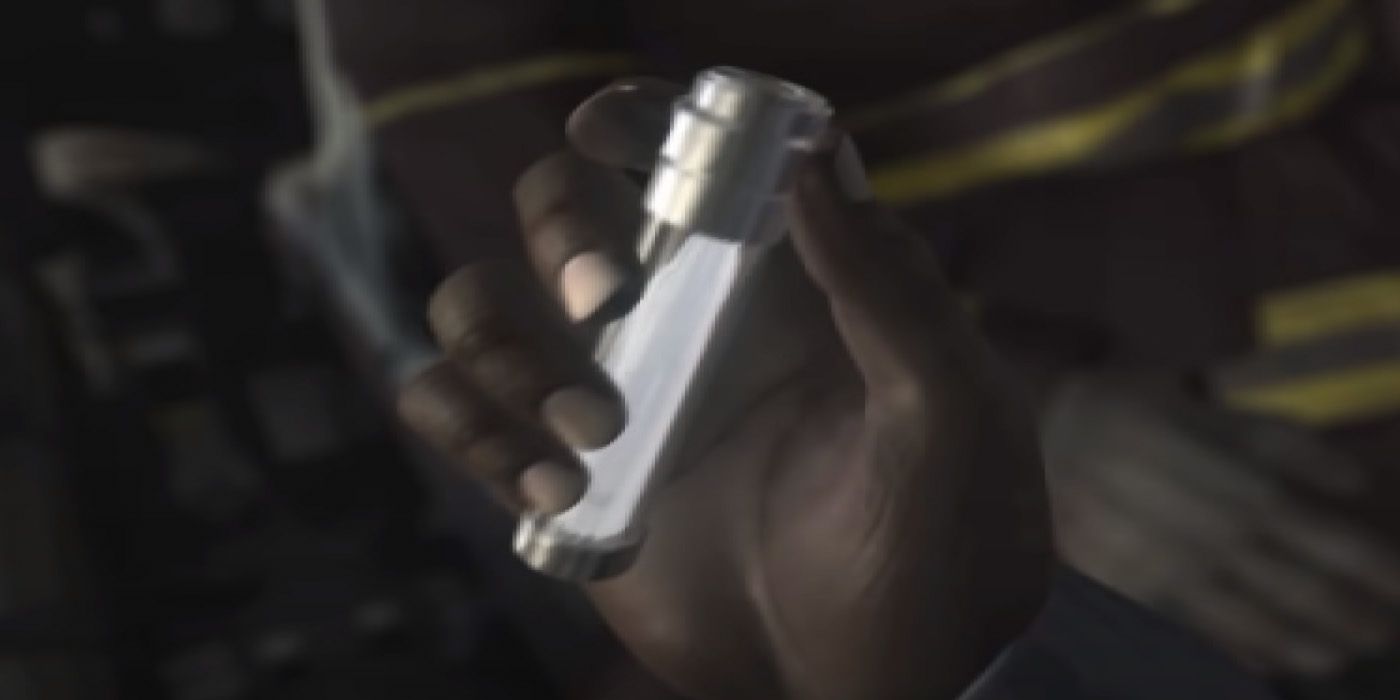
Technically, T-JCCC203 has never featured in any of the RE games. Yet, the second Outbreak title does mention the virus. Unlike most, the viral agent wasn't intended to be a bioweapon. Instead, T-JCCC203 was designed to cure cancer.
In one illegal trial, it found and destroyed all of the cancerous cells in a sick patient, but the man mysteriously died anyway. Not a lot else is known about the virus, even the date of its creation is unclear.

With the right host, the Prototype virus is unbelievably dangerous. Instead of turning those infected into brainless mutants, this viral agent gives the right host incredible speed, strength, endurance, and healing.
In the series, Albert Wesker shows the power of the virus as he is one of the only people to survive its injection. The viral agent was developed by Oswell Spencer as part of Project W, with the intent to create a race of superhuman beings.
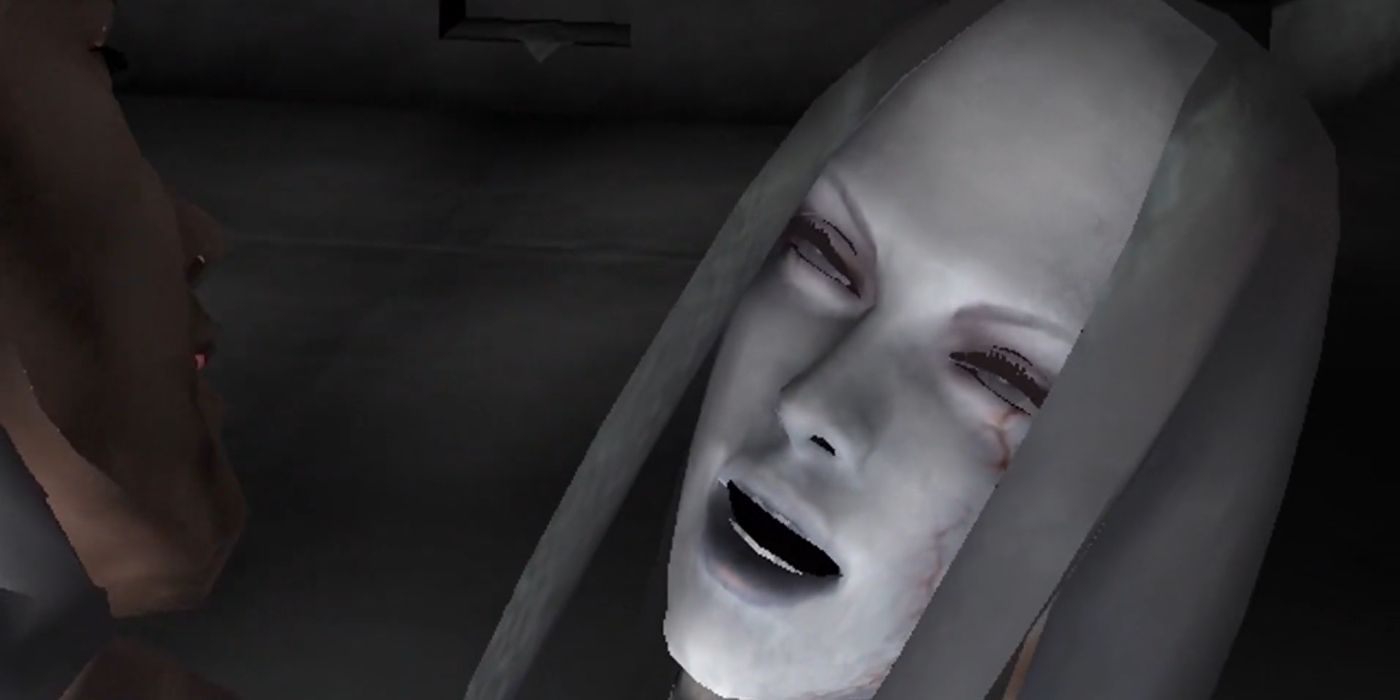
Sometime between 1998 and 2002, Umbrella merged the T and G Virus to create a whole new viral agent. The idea was to harness the power of G while stemming its volatility. During Resident Evil: Dead Aim, Morpheus D. Duvall injected himself with the T+G Virus to survive certain death.
Not only did the infection rejuvenate him, but Duvall also transformed into a monster with the speed and strength of a tyrant. What's more, the virus also allowed its host to retain his intelligence and gain the ability to repel projectiles.

In Resident Evil: Revelations, the likes of Jill Valentine and Chris Redfield faced plenty of Ooze monsters. All of the creepy creatures were a result of one of the lesser-known viruses, T-Abyss. From tall grey life forms to aggressive aquatic beasts, the infection spawned multiple different types of enemies.
The bioweapon was created by combining a recently discovered pathogen called The Abyss Virus with the T-Virus. Morgan Lansdale was the man to oversee the project back in 2003 as he thought it would help with his devious plans.
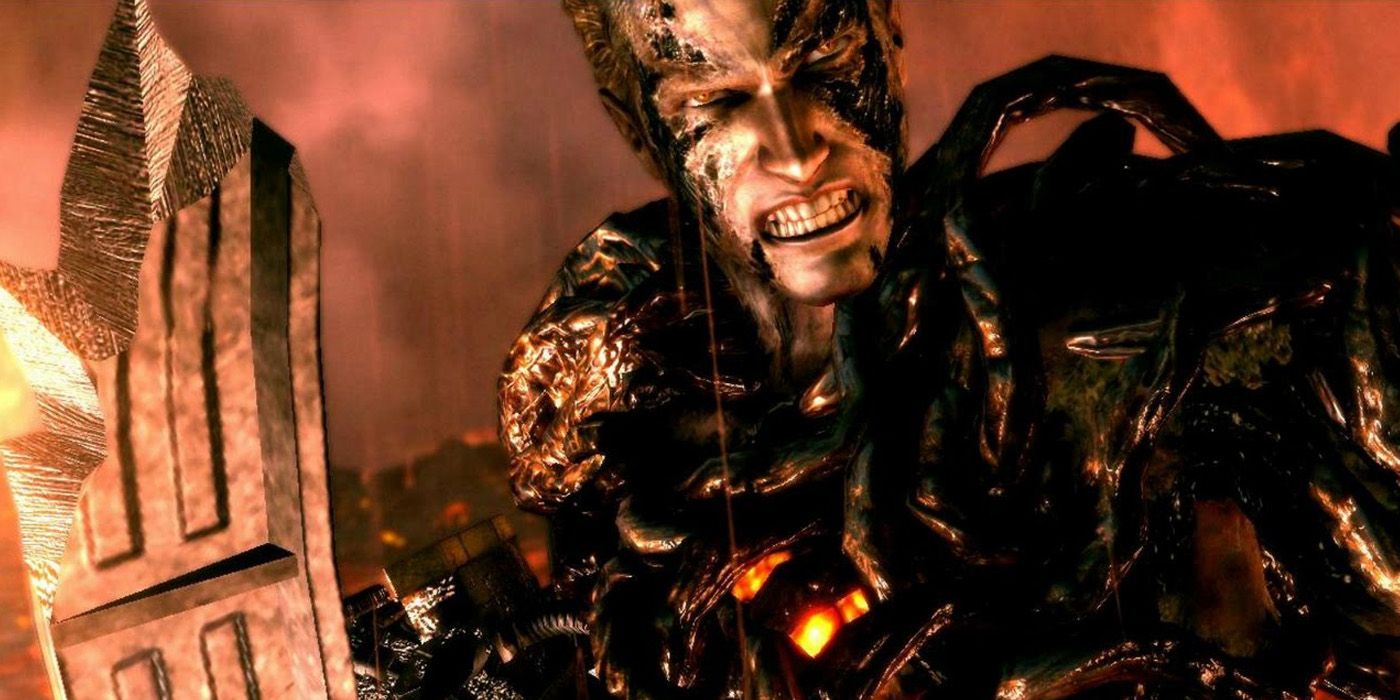
In 2007, with the help of TRICELL, Albert Wesker attempted to develop a new virus that would surpass G. By using Jill Valentine's body, the villain was able to create Uroborus, an extremely powerful but unstable viral agent. Most subjects were unable to survive being implanted with the virus as it turned them into slimy, pulsating monsters.
RELATED: Resident Evil 4 Vs. Resident Evil 5: Which One Is Better?
When Wesker was infected with Uroborus, though, he managed to keep his mental facilities and some of his physical appearance. At the end of Resident Evil 5, players fought the new Wesker after already defeating the other Uroborus monsters.

One of the several crazy things that happened between Resident Evil 5 and 6 was the development of the C-Virus. The creation of the bio-weapon was orchestrated by Derek Simmons and carried out by Carla Radames. They used gnomes from the T-Veronica and G Viruses to create a more effective viral agent. The project took a long time as the villains started development back in 2001 but didn't finish until 2009.
The C-Virus caused all sorts of different mutations in people and had the regeneration abilities of the G-Virus. All of the protagonists in Resident Evil 6 had to fight many C-Virus-infected individuals throughout the game.
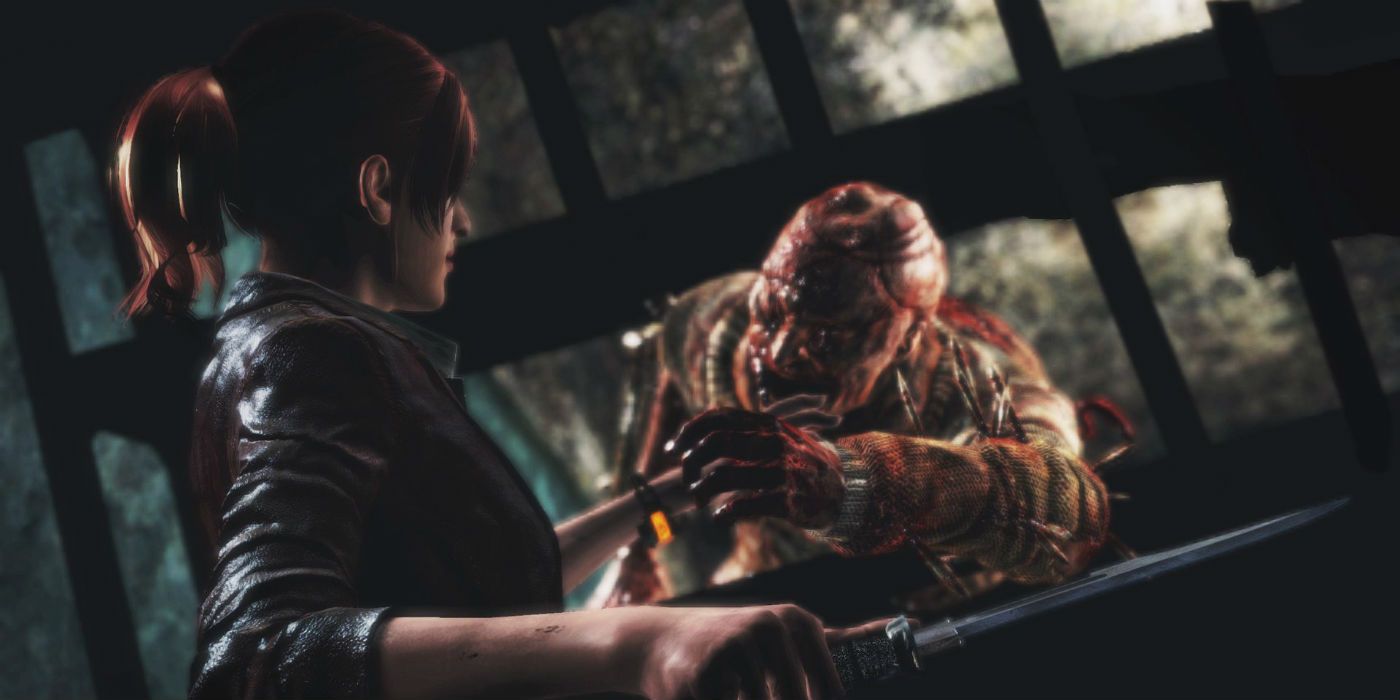
The T-Phobos virus is a unique one as it reacts to fear, meaning once a host is scared enough, they'll start to mutate. Some victims gain superhuman strength and regenerative abilities, whereas others transform into creatures similar to T-Virus zombies.
A researcher working for Alex Wesker found the initial prototype and showed it to his boss. The lesser-known Wesker decided to develop her underling's find into a bioweapon, and she accomplished just that by 2010. Not long after its creation, Claire Redfield, Moira Burton, Barry Burton, and Natalia Korda had to contend with all the people the viral agent contaminated during Revelations 2.
NEXT: Resident Evil: 10 Things Only Fans Who Played The Outbreak Games Know

